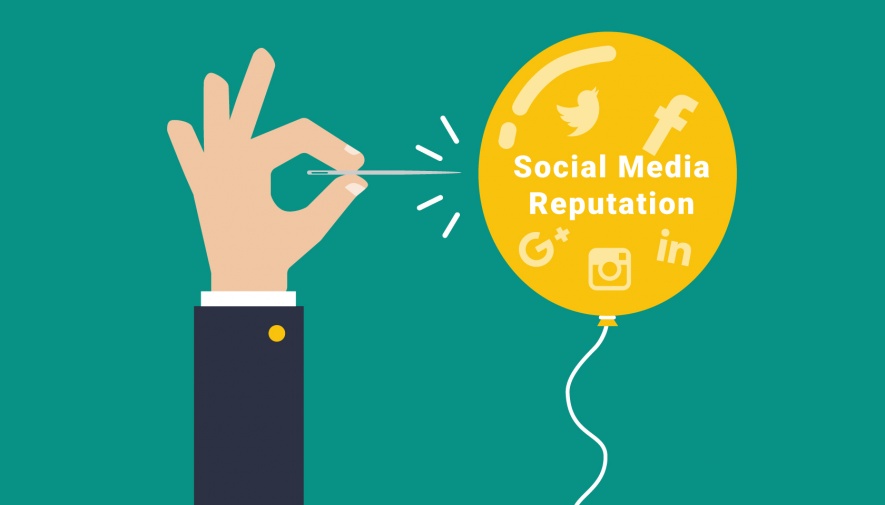Today news and rumors spread faster and reach more people than ever before. Being accessible to the broad masses and giving them the chance to respond to a new story immediately, social media has become a powerful channel. While good news can quickly go viral, so can information about a company’s shortcomings. If this is poorly handled, it can quickly transform into a crisis.
This is something more and more businesses are experiencing today and often they are not adequately prepared for it. That can result in small issues escalating and significantly damaging a brand’s reputation. As a response to this, social media crisis simulators are gaining popularity. Are you wondering what that is and why this might be important for your business? Then keep reading to find out.
What is a Social Media Crisis Simulation?
For a social media crisis simulation (SMCS), a business partners with a specialist who will create a fictitious crisis. The scenario a team needs to go through is inspired by a real-world situation which could potentially impact their company. The exercise takes place in a private, protected environment and gives everyone involved the chance to practice and learn the language and norms of social media in times of difficulty. Participants also get exposure to the tools available to them to better navigate testing conversations and understand sources of negative comments.
To make the simulation more realistic, the SMCS specialist use role players who take on the parts of citizens, social media followers and media representatives. They will ask questions, post comments, send emails and make phone calls similar to those which could take place during a real crisis, prompting the response team to react in real time to try to contain and resolve the crisis.
Before the Simulation
Every company and industry is different, making it very important to carefully tailor every SMCS. Depending on a business and its line of work, the social media channels and online news sources which play a key part can differ widely. To make the SMCS effective, a detailed analysis of the company’s audience, target market and communication strategy is necessary. That way the partner will understand which areas need to be trained and can focus the simulation on channels which will most likely be affected by a real-life crisis.
Another part of the preparations is to decide which type of crisis to mimic. Again, this will depend on the company’s goods, services and the risks associated with them. A food manufacturer might want to practice a scenario where a product is contaminated while a software developer would train for a hacker attack or a system bug.
Deciding which scenario to select is not always easy as it requires introspection and admitting potential faults and shortcomings. This can make a company feel vulnerable, making it even more important to work with a trusted and discrete SMCS partner.
After the Simulation
Once the crisis response team has gone through the entire scenario, it is time to evaluate their work. By tracking responses, delays, language used and a set of other factors, the SMCS partner can assess how well a team worked through the issue.
Strengths and weaknesses can be identified and solutions are suggested. Tactics which worked well can be included in a crisis response plan and used as company standards in case a crisis strikes. Issues which caused inappropriate responses, delays or other mistakes can be used to inspire further training to improve the team’s skills and boost their confidence when dealing with tough situations.
Why is Social Media Crisis Simulation Important?
In a day and age where news spreads faster than wildfire and everyone can share their opinion and comments about it, it’s crucial for companies large and small to understand how to respond to negative feedback and mentions on social media.
Today, one overlooked negative comment can cause a wave of complaints and bad reviews, and one poorly worded post can trigger a backlash from a global community often permanently damaging a brand’s reputation. To avoid these detrimental effects social media can have on a company and come out stronger in the end, a social media crisis simulation is the key. It offers the chance to practice the worst-case scenario in a safe environment and prepare both junior and senior staff to deal with challenges. In a world where one false move can make or break a company, this kind of training is vital to long-term success.
If you are looking for a way to practice a sticky situation on social media and want to make sure your team is prepared for it, stay tuned for Midas’ Crisis Armor, our social media crisis simulation service. To stay up to date on when we launch and how this can help you, get in touch with us by e-mail or have a look around our website www.midas-pr.com today.


